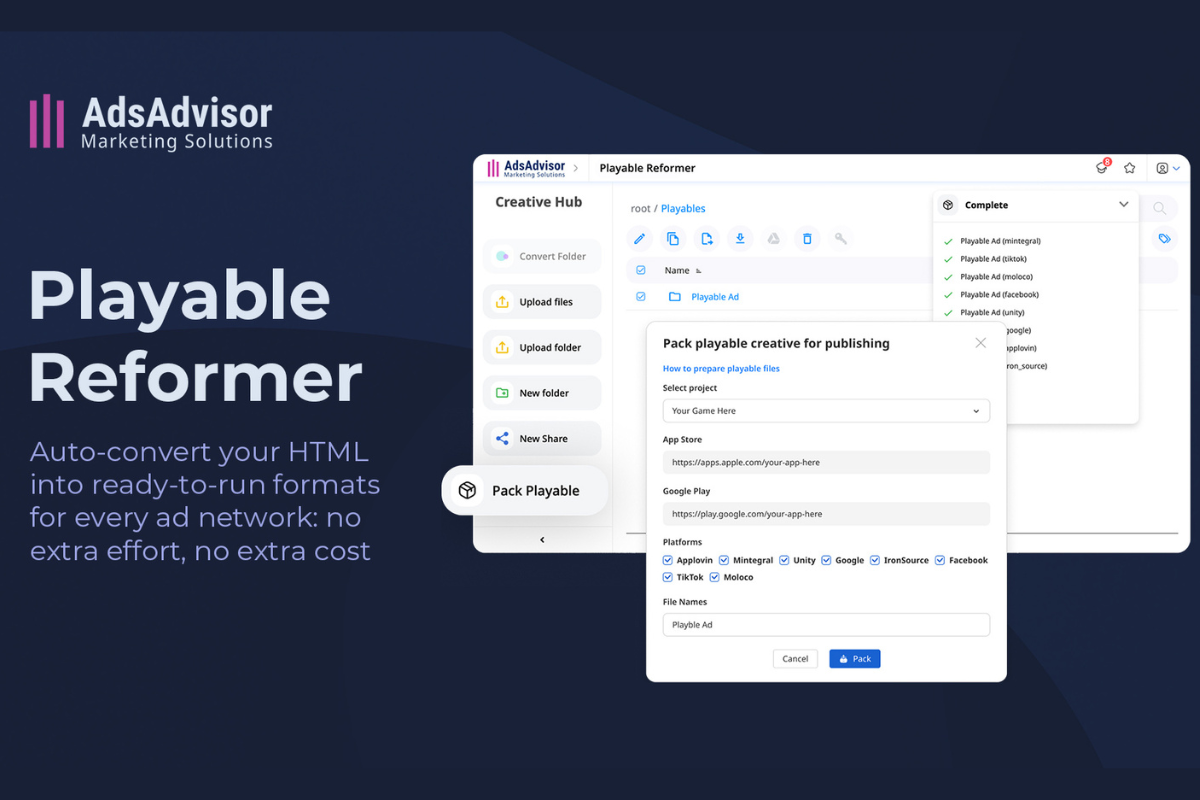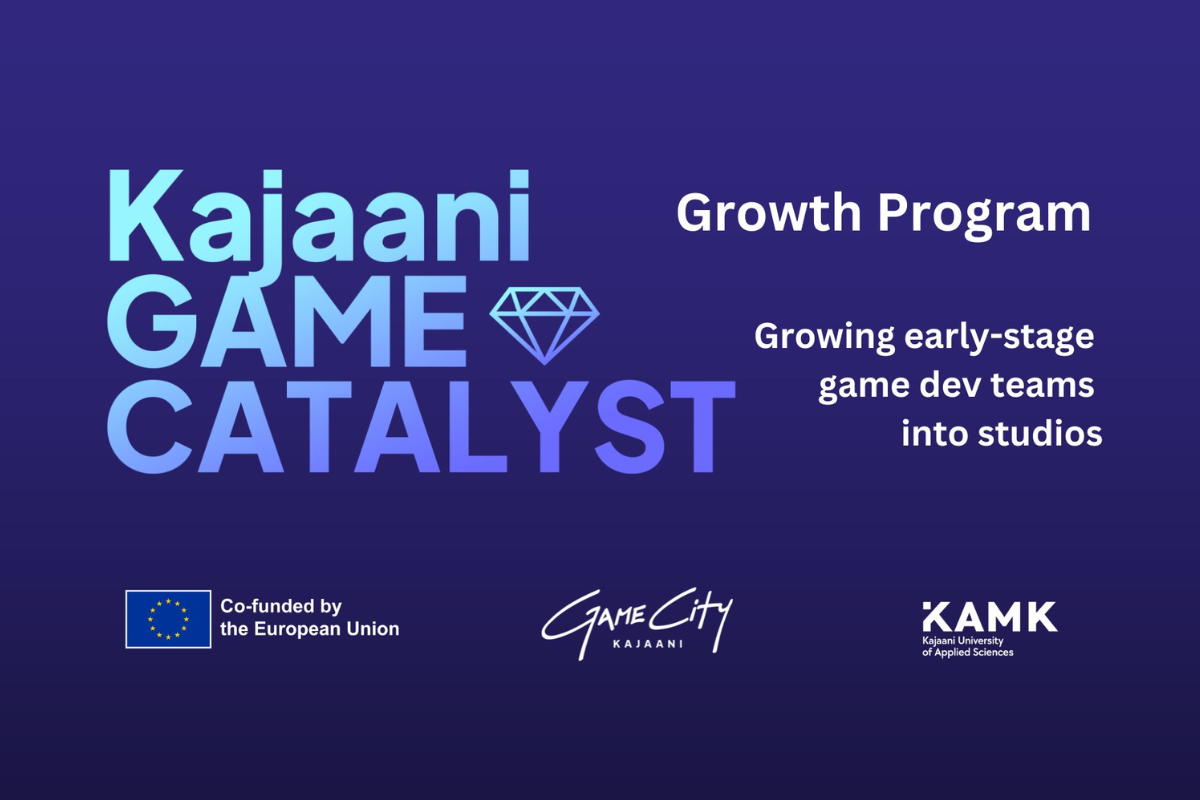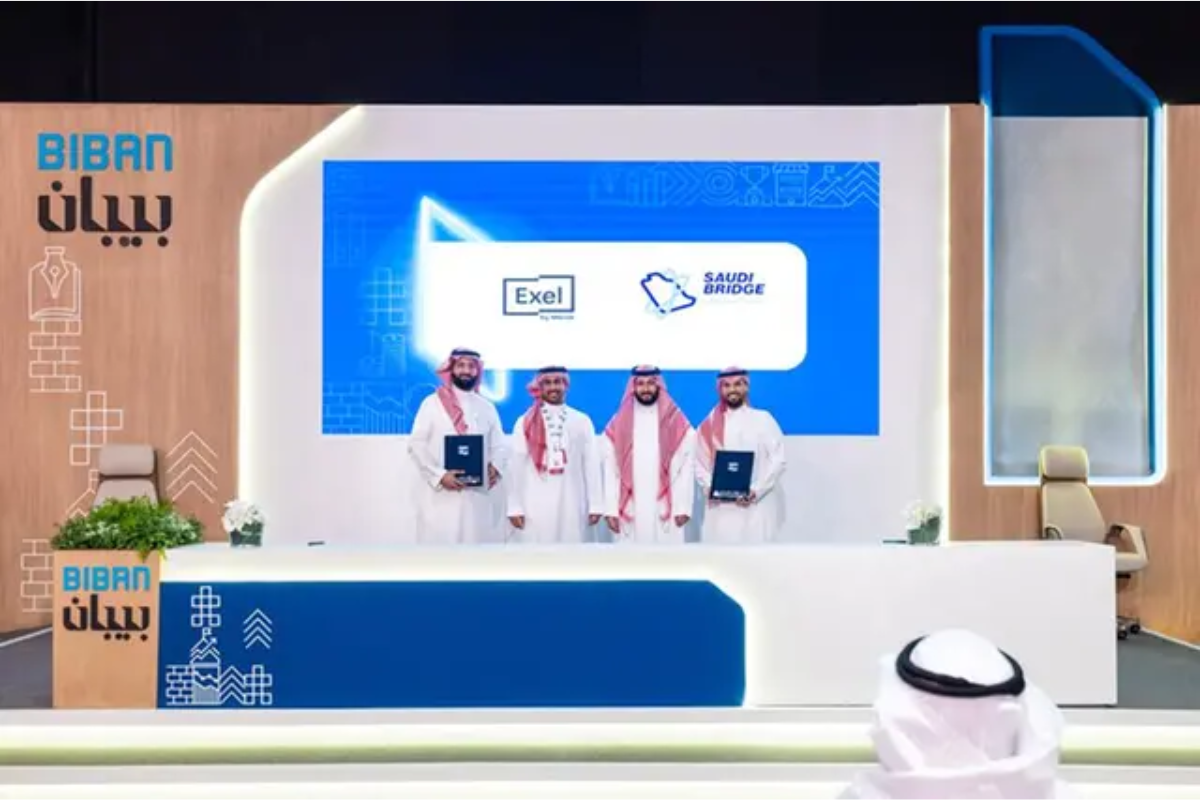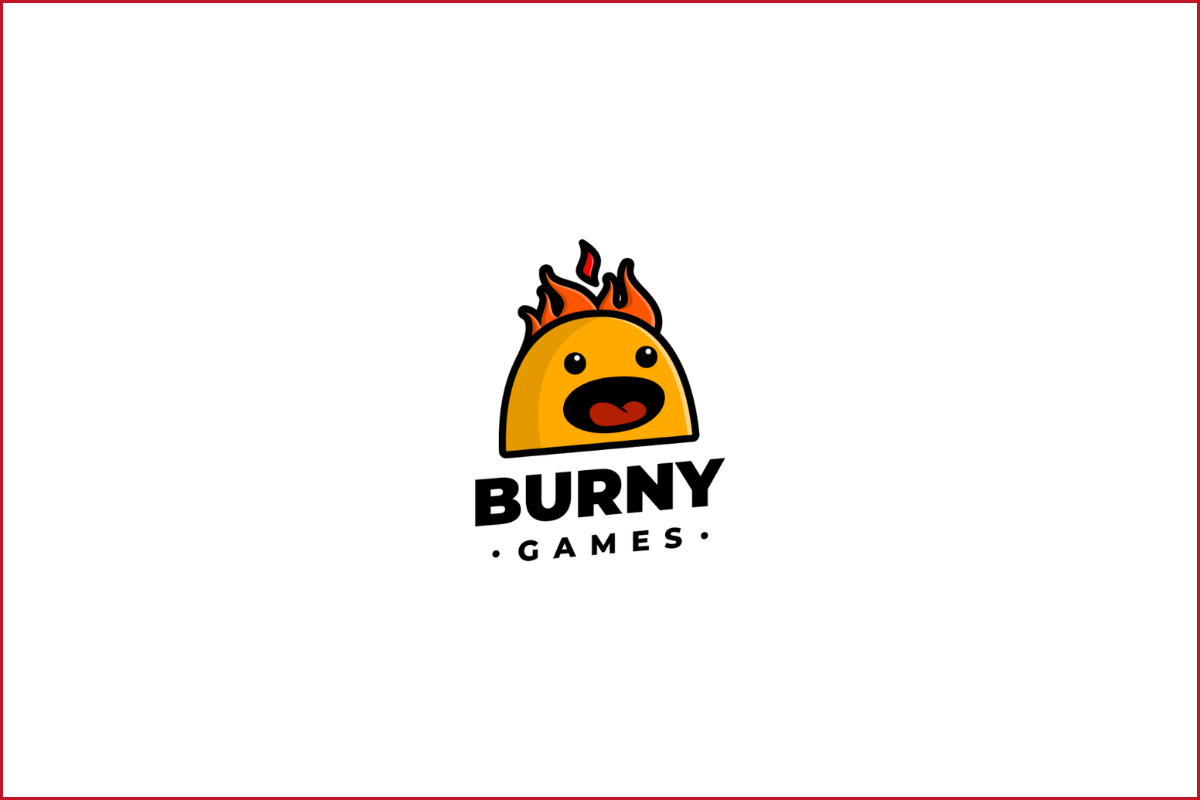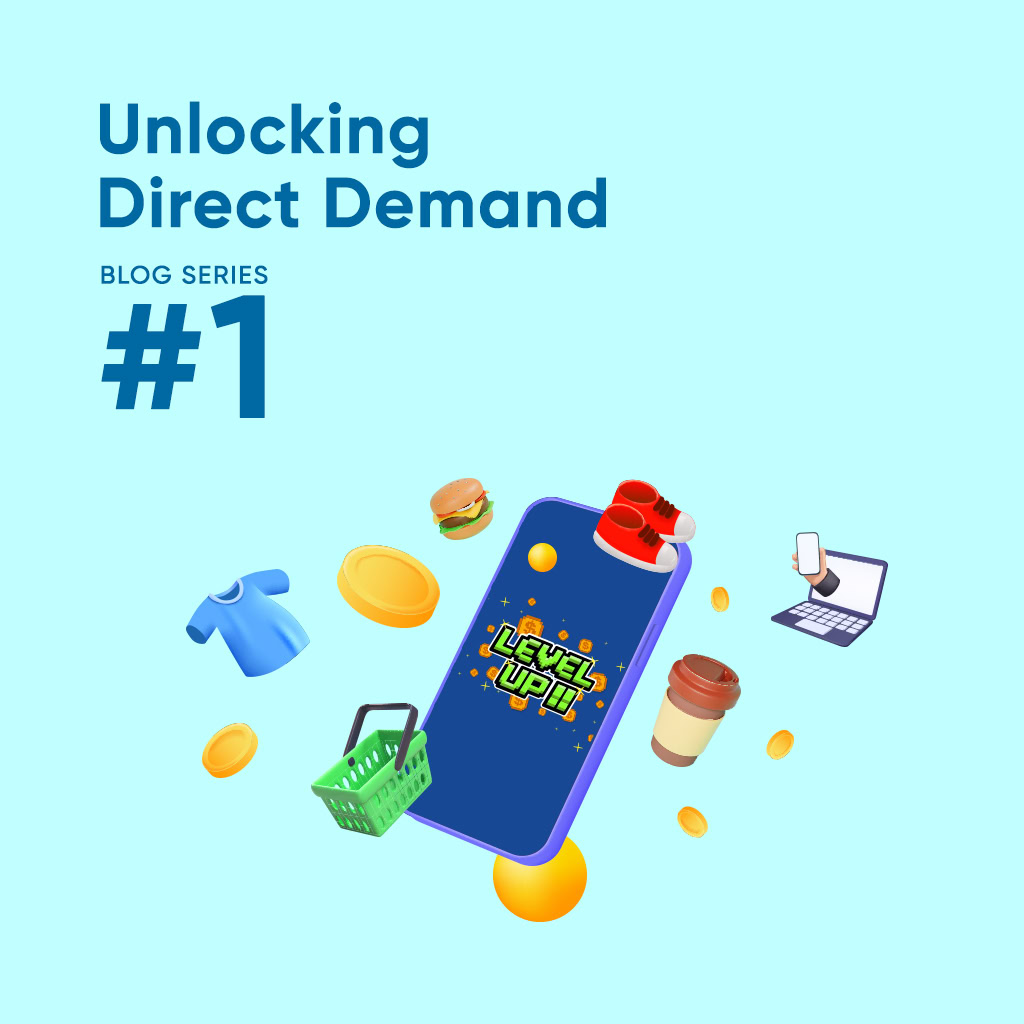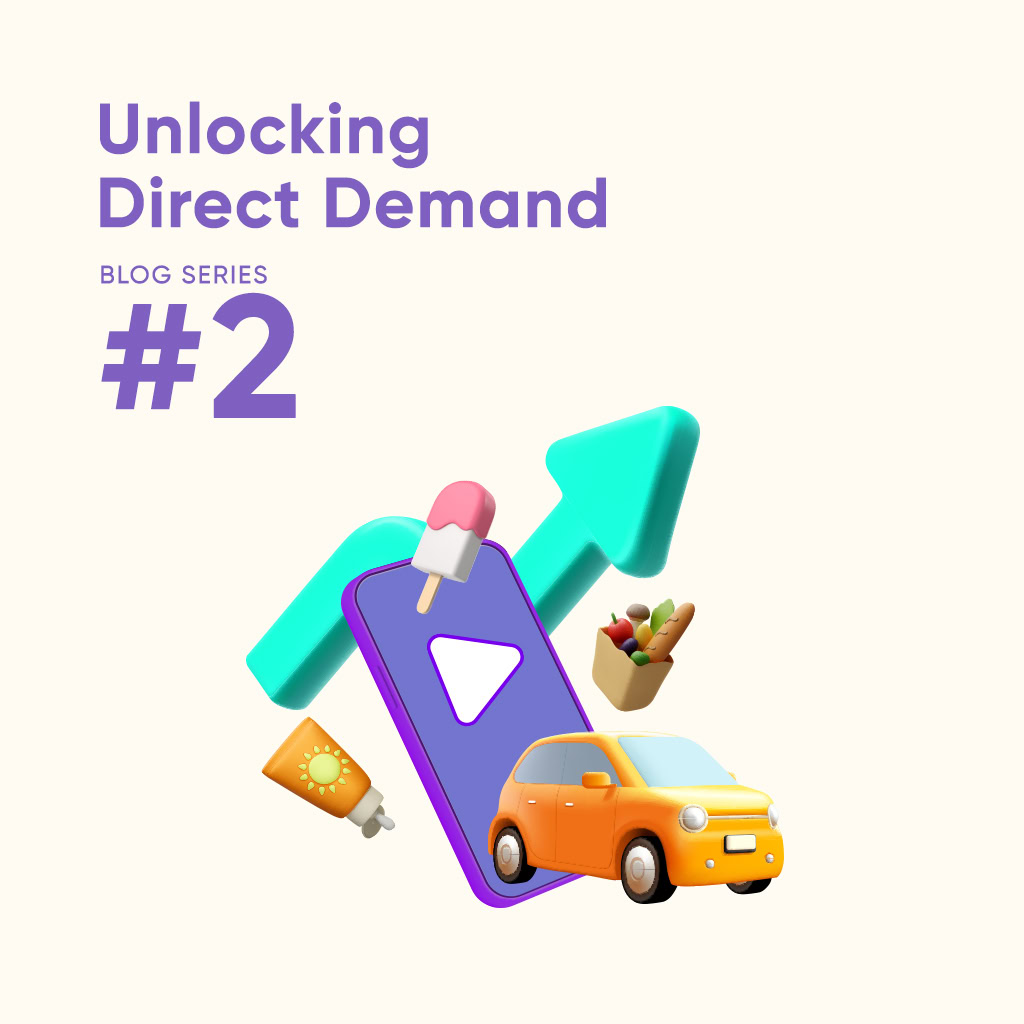In-game advertising is evolving beyond intrusive pop-ups and unskippable videos. Potensus, led by CEO Ozan Can Şişman, aims to turn ad placement into a natural part of gameplay, one that benefits both players and publishers.
In this conversation, Ozan discusses the company’s approach to sustainable monetization, the balance between user experience and revenue, and how privacy-first policies and new brand entrants are reshaping the mobile advertising ecosystem.
For advertisers, what moments inside games do you help brands reach, and how do those moments translate into outcomes like awareness, consideration, or incremental sales?
At Potensus, we help brands connect with players during high-attention, emotionally engaged moments — such as level completions, rewards, or natural pauses in gameplay. These are moments when users are most receptive to messaging, which makes in-game and in-app placements highly effective for upper- and mid-funnel goals like awareness and consideration.
Our rewarded video formats, for example, combine strong visibility with voluntary engagement. Across our network, video completion rates average around 90% and viewability reaches 95%, reflecting how players willingly engage with these ads when they’re well-timed and value-driven.
In brand lift studies, we’ve consistently seen positive uplifts in ad recall, message association, and brand advocacy, showing that these in-game moments can build genuine brand affinity without disrupting the player experience

For publishers, how do you turn ad revenue into something predictable while protecting player experience, and can you share a time you chose long term LTV over short term gains?
One of our top priorities in driving ad revenue for mobile games is protecting the player experience. That’s why, alongside Ad Exchange demand, we bring in direct brand traffic that doesn’t compete with game content or push users outside the app.
Since these non-gaming brand campaigns come from premium advertisers and agency networks, they also contribute to higher ad quality — cleaner creatives, brand-safe messaging, and smoother ad delivery. This not only enhances the overall in-app experience but also improves retention and trust between players and publishers.
Through rewarded and playable formats, where players choose to engage voluntarily, ads become both more effective and more valuable. These formats deliver higher engagement rates and attract larger brand budgets, directly contributing to stronger eCPMs and overall revenue — all without disrupting gameplay.
In addition, by combining always-on and tactical campaigns, we help our publishers maintain a steady flow of high-quality budgets across their inventory. This approach builds sustainable income and long-term LTV growth, rather than short-term monetization spikes.
Trust comes from clarity. How do you align goals with both sides at the start, and what does your default reporting rhythm look like so everyone knows whether it is working?
We begin every partnership with a shared definition of success. For advertisers, that means aligning on KPIs — whether it’s reach, engagement, or brand lift. For publishers, we focus on revenue stability and player experience metrics.
Our reporting rhythm is transparent and consistent: campaign performance is tracked in real time, and we provide both sides with regular insights — not just numbers, but context. This clarity builds confidence and helps us fine-tune campaigns to deliver optimal outcomes for everyone involved.
Creative and context matter. What simple creative or placement change most often improves results without hurting retention, and why does it work?
Rewarded and interactive formats consistently perform best when creatives are adapted to the game’s visual and emotional context. At Potensus, we recently launched a new rewarded video + end card format designed with exactly that balance in mind.
After watching the rewarded video, players see an interactive end card that can be easily closed once they’ve received their reward. This gives users full control over the experience — if they’re interested, they can engage further; if not, they can simply close it and continue playing.
By keeping the interaction optional and non-intrusive, we maintain strong engagement rates without hurting retention. It’s a simple but effective way to combine visibility and choice, ensuring that ads feel integrated, not disruptive.
Looking ahead, privacy and brand dollars are reshaping mobile ads. What shifts should studios and marketers prepare for in the next year, and what capabilities are you building now to meet that future?
The mobile ecosystem is going through two major shifts. First, privacy-first policies are changing how ads are targeted and measured. With user-level identifiers like IDFA or GAID becoming more limited, studios and marketers are shifting toward contextual relevance — reaching players based on where they are and what they’re doing in the game, rather than personal data.
Second, we’re seeing a growing wave of non-gaming brands entering mobile gaming — from FMCG and finance to telco and entertainment. These brands are drawn to gaming’s attention-rich environment and high engagement, creating new demand that publishers can tap into. By diversifying their demand sources and welcoming brand-safe, non-competitive advertisers, publishers can build more resilient and predictable revenue strategies.
At Potensus, we’re expanding our direct sales to help publishers access a broader mix of premium, non-gaming advertisers. By connecting in-app inventory with high-quality campaigns from leading brands we enable publishers to diversify their monetization sources and strengthen their revenue strategies. This growing stream of brand-safe, non-competitive demand not only boosts eCPMs but also supports long-term, predictable revenue growth across our network.

CEO at Potensus

